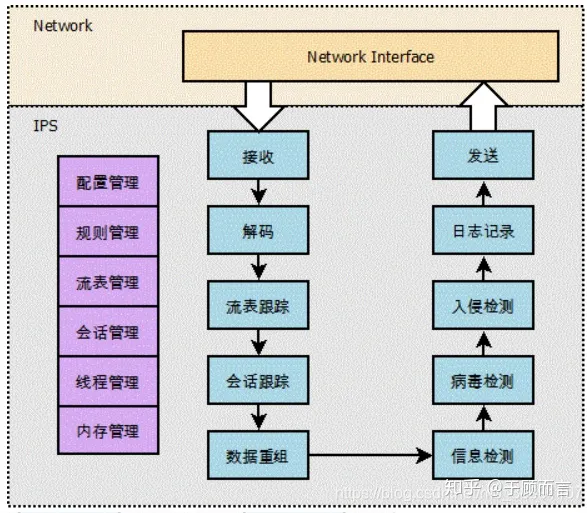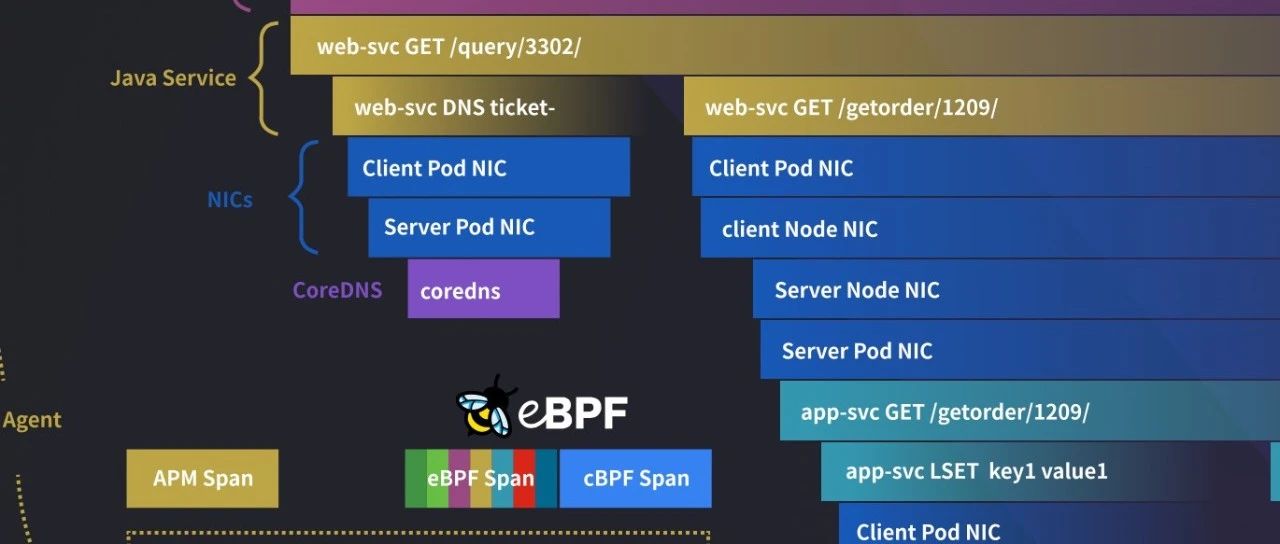用户5760343
作者相关精选
python apscheduler 暂停和恢复任务
前往小程序,Get更优阅读体验!
立即前往
python apscheduler 暂停和恢复任务
用户5760343
发布于 2019-07-05 02:35:59
发布于 2019-07-05 02:35:59
3.1K0
举报
暂停任务,有以下两个方法:
apscheduler.job.Job.pause() apscheduler.schedulers.base.BaseScheduler.pause_job()
恢复任务,
apscheduler.job.Job.resume() apscheduler.schedulers.base.BaseScheduler.resume_job()
获得任务列表: get_jobs()
修改任务 通过apscheduler.job.Job.modify()或modify_job(),你可以修改任务当中除了id的任何属性。
重新调度任务
scheduler.reschedule_job('my_job_id', trigger='cron', minute='*/5')
scheduler.shutdown() scheduler.shutdown(wait=False)
scheduler.pause() scheduler.resume()
本文参与 腾讯云自媒体同步曝光计划,分享自作者个人站点/博客。
原始发表:2019.06.22 ,如有侵权请联系 cloudcommunity@tencent.com 删除
评论
登录后参与评论
暂无评论
登录 后参与评论
推荐阅读
推荐阅读
漫谈DPI工具
2.8K0
DPI深度报文检测架构及关键技术实现
4.2K0
DPI、DFI技术说明及比较
6.8K0
拆解SRT:新UDP视频传输协议
5.1K0
从零构建自己的MCP Server
1.2K0
以安全为中心的流量分析
1.1K0
[golang] 抓包注入分析
3.3K0
相关推荐
深度数据包检测DPI开发解析
更多 >领券
腾讯云开发者

扫码关注腾讯云开发者
领取腾讯云代金券
Copyright © 2013 - 2025 Tencent Cloud. All Rights Reserved. 腾讯云 版权所有
深圳市腾讯计算机系统有限公司 ICP备案/许可证号:粤B2-20090059 深公网安备号 44030502008569
腾讯云计算(北京)有限责任公司 京ICP证150476号 | 京ICP备11018762号 | 京公网安备号11010802020287
Copyright © 2013 - 2025 Tencent Cloud.
All Rights Reserved. 腾讯云 版权所有
登录 后参与评论
10


















